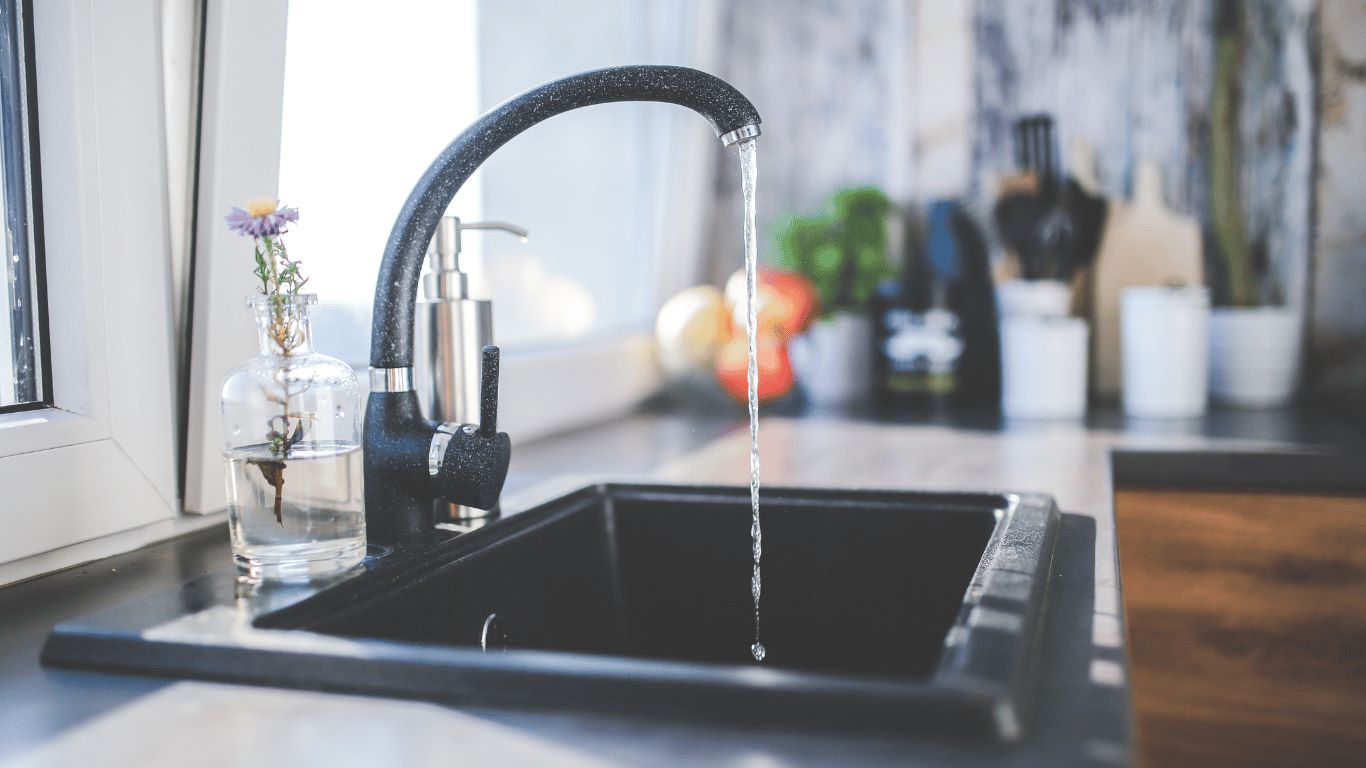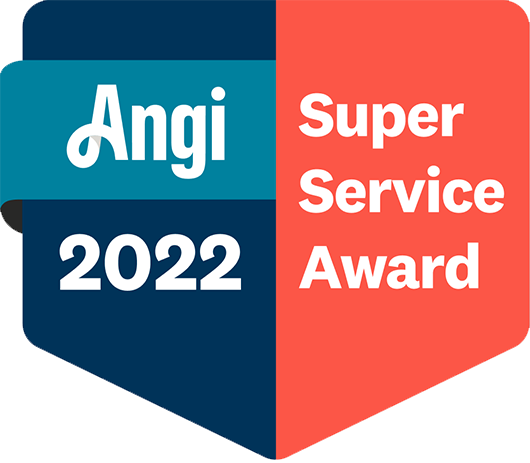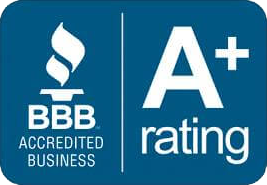Long Island has long been synonymous with poor water quality, primarily due to its reliance on groundwater as the primary source. Groundwater is particularly susceptible to contamination from human-made and natural sources, which has led to persistent water quality issues despite advancements in treatment technologies. Understanding these contaminants and their potential health impacts is crucial to safeguarding your family’s health.
Here are the seven worst contaminants still found in Long Island water:
1. Dioxane
1,4-Dioxane is a synthetic industrial chemical commonly used in solvents, paint strippers, and personal care products like detergents and shampoos. The U.S. Department of Health and Human Services (HHS) considers 1,4-dioxane to be a human carcinogen. Prolonged exposure to this chemical can lead to serious health issues, including damage to the liver and kidneys, and an increased risk of developing tumors and cancers in these organs. Dioxane has been known to enter the environment in several ways. It can be released into the air, water, and soil, and it can evaporate like water. It can also move through soil to contaminate groundwater. When mixed with water, 1,4-dioxane does not readily break down or degrade, making it a persistent contaminant in water sources.
2. PFAS/PFOAs
PFAS, often called “forever chemicals,” are highly durable and resistant to breaking down in the environment. These man-made chemicals are used in products such as nonstick cookware, firefighting foam, and water-resistant clothing. These chemicals enter Long Island’s groundwater through industrial sites and consumer product disposal, making them a widespread and persistent problem. PFAS was found to be 2.5 times above EWG’s Health Guideline. PFAS exposure has been linked to immune system dysfunction, developmental issues, and increased risks of cancer.
3. Trichloroethylene (TCE)
Trichloroethylene (TCE) is a chemical commonly used as an industrial solvent, particularly for degreasing metal parts, and can contaminate soil and groundwater, eventually reaching drinking water supplies. TCE is recognized by health authorities as a human carcinogen. Prolonged exposure to TCE has been linked to serious health issues, including liver and kidney damage, neurological effects, and an increased risk of cancer. Recent data indicates that TCE levels in some areas of Suffolk County are 18 times higher than the health guidelines set by the Environmental Working Group (EWG).
4. Nitrates
Nitrogen contamination often stems from fertilizers, septic systems, and wastewater runoff. Excess nitrogen in water supplies can lead to elevated nitrate levels, which are particularly dangerous for infants, potentially causing a condition known as “blue baby syndrome.” Nitrates were found to be 18 times above the EWG’s Health Guideline. Beyond health risks, nitrogen contributes to harmful algal blooms and ecosystem degradation. On Long Island, agricultural and suburban runoff are the primary contributors to nitrogen pollution.
5. Disinfectants and Byproducts
Disinfectants like chlorine are essential for eliminating pathogens in water supplies, but their interaction with organic matter produces harmful byproducts, including trihalomethanes (THMs). These byproducts are linked to cancer and other health issues. Alarmingly, levels of TTHMs in some Long Island water systems exceed health guidelines by more than 34 times.
6. Radium and Radon
Radium and radon are naturally occurring radioactive elements that can seep into groundwater. Radium contamination often occurs in deep wells, while radon, a radioactive gas, can dissolve into water supplies. Radon exposure is a leading cause of lung cancer, especially when it accumulates indoors from water or soil. Radon levels in some Long Island water systems exceed health guidelines by 14 times, and radium levels in some areas are significantly above the EPA’s MCL of 5 picocuries per liter (pCi/L).
7. Arsenic
Arsenic is a naturally occurring element that contaminates water through the erosion of rocks and soil, as well as agricultural and industrial runoff. It is classified as a carcinogen, with long-term exposure linked to skin, lung, and bladder cancers, as well as cardiovascular and developmental issues. Arsenic levels in some Long Island water systems exceed the EPA’s MCL of 10 parts per billion (ppb), underscoring the severity of this contamination.
Protecting Yourself with Simply PURE
The presence of these contaminants in Long Island’s water supply highlights the need for advanced water filtration systems. Reverse osmosis (RO) filtration is one of the most effective methods for removing contaminants At Simply PURE, we offer customized water purification solutions designed to address Long Island’s specific water quality challenges. Our systems ensure clean, safe water for drinking, cooking, and everyday use, giving you peace of mind.
Want to learn more? Contact us at Simply PURE Water Filtration to get your water analyzed, and find out more about what’s in your water!
About Simply PURE Water Filtration Services
Living in and serving the Long Island community, we strive to make sure everyone has access to clean, healthy water. We have the experience, knowledge, and industry-leading technology to provide clean water solutions for water impurities, contaminants, hard water, bad tasting/odors, well water, acidity & pH regulations.
Proud members of the WQA (Water Quality Association), and the EWQA (Eastern Water Quality Association), we adhere to strict guidelines and the WQA code of ethics. As a Pentair True Blue Partner and Authorized Distributor of Pentair Products, there’s nothing comparable to the performance, and efficiency of our whole house purification systems, water softeners, neutralizers, whole-house filters, and alkaline reverse osmosis systems for drinking in the convenience of your home.
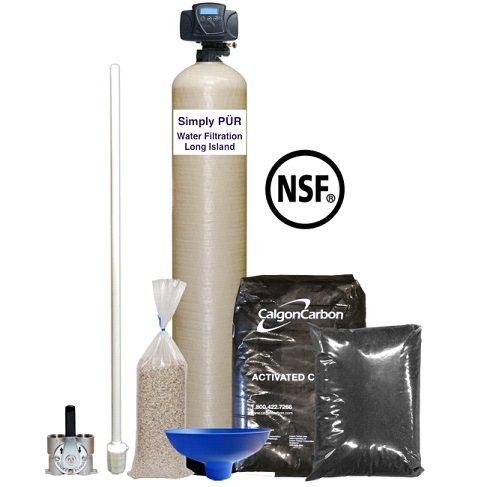
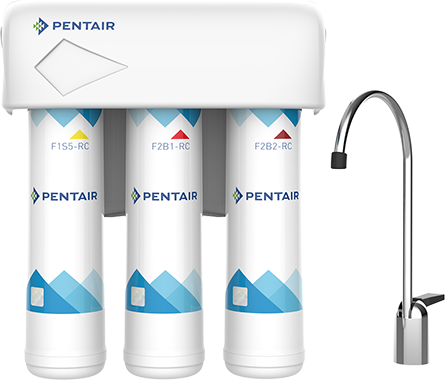
Our products are all NSF / ANSI certified, meeting the highest safety standards and quality performance. Providing our community with only the best experience of high quality water that’s Simply PURE from our family to yours!
Simply PURE utilizes accurate testing methods before and after system installation, as well as annual maintenance of all your water treatment equipment. Our Revolutionary Custom Built Water Treatment systems upon the completion of a Free In-Home Water Analysis, or an in-depth Comprehensive Water Analysis of your choice sent to our Certified Laboratory.

